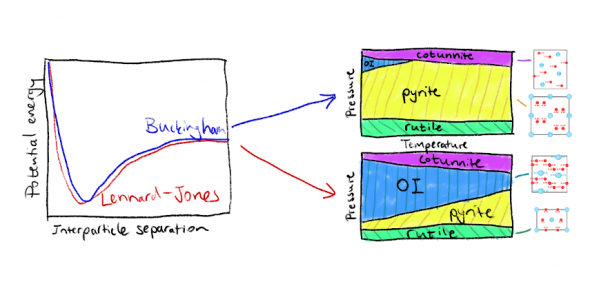
When designing practical applications of materials, it is rather useful to know to what extent they are thermodynamically stable. For example, the use of tin to seal fuel cans has been alleged to have contributed to the failure of Robert Scott's second expedition to the South Pole: metallic β-tin is thermodynamically unstable with respect to the brittle α-tin below 13 °C. The transition does not generally occur at 13 °C however, since β-tin can remain metastable to significantly lower temperatures. However, the probability of a rare nucleation event occurring increases rapidly with supercooling, leading to the problem of ‘tin pest’. A good understanding of thermodynamics is sometimes quite literally a matter of life and death.
Indeed, knowing the conditions under which a substance is stable, but also where it is metastable, can be important in many other situations, even if they are perhaps a little less immediately deadly. Separation processes rely on knowledge of the underlying phase diagram, and pharmaceuticals must usually be crystallised into a particular polymorph, since this determines their solubility and hence activity. Predicting the phase stabilities of substances is therefore central to computational materials science and chemistry. However, it is a less straightforward matter than it seems, since thermodynamic stability is controlled not only by energetic considerations, but also by entropy, which is much more difficult to deal with, especially for systems whose configurational entropy is inaccessible to typical simulation timescales (such as proton disorder in ice or orientational ordering in quasicrystals).
Predicting the phase behaviour of substances is an especially challenging test of our computational modelling because very small differences in the underlying potential energy can drastically affect the phase behaviour. This makes it challenging to get right on the one hand, but at the same time this means that the prediction of phase diagrams can serve as a useful means of parameterising potentials: if an empirical potential is good enough to give rise to phase behaviour consistent with experiment, it is likely that it can also describe many other properties of the material of interest well, and so this can give us considerable confidence in the predictions of such a potential.
